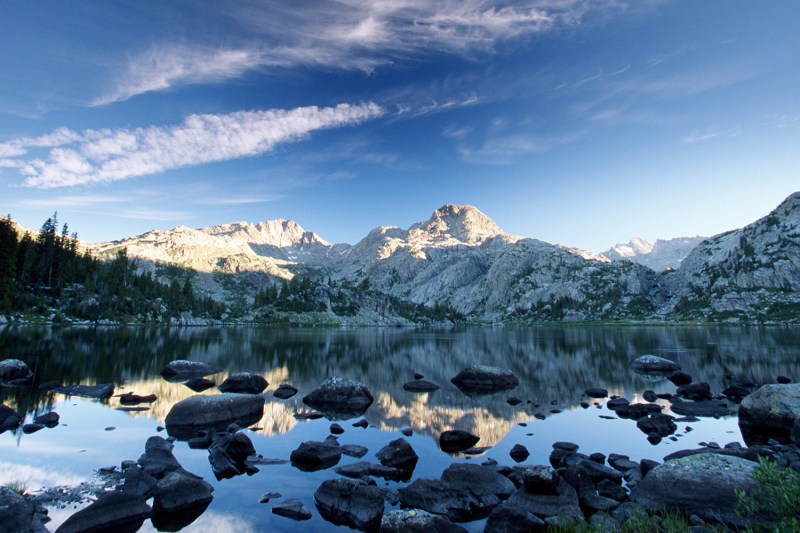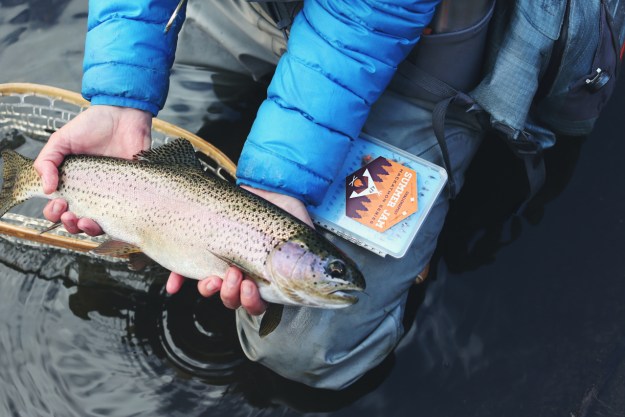
For most, the word “mountaineering” brings to mind images of scaling K2, summiting Mount Everest, or chasing the elusive Seven Summits crown. It might seem like an elite sport for the rich, semi-crazy, and highly skilled. However, even the experts had to start somewhere. Whether you’re a novice or an experienced outdoorsman, it’s more accessible than you might expect. The key is knowing where to start and, for that, we look to Wyoming’s National Outdoor Leadership School (NOLS).
NOLS’ Wind River Mountaineering course takes newbie and skilled students into the vast wilds of Wyoming. The intense, 30-day expedition covers some of the most remote terrain in the country’s least populated state. Students will climb high alpine passes, cross snowy glaciers, and delve deep into the state’s lodgepole pine forests. Every day promises a new adventure guaranteed to teach leadership and technical skills while providing first-hand experience with local ecology. This is no academic course built on written homework and theoretical lectures, but rather a hardcore, hands-on, “thrown into the fire” education that promises to change you for the better. In short, it will teach you to survive the backcountry like you were raised by wolves.
Like all NOLS courses, Wind River Mountaineering is designed for every level of mountaineer. Students start with the basics like pitching a tent, learning to read weather patterns, and staying comfortable in ever-changing mountain conditions. As the trip progresses, the group will be challenged with navigating off-trail and more advanced orienteering. Essential mountaineering skills like rope handling, wilderness rescue, and knot-tying are taught once students have grasped the basics.
From the Pacific Northwest to Patagonia, NOLS offers more than two dozen courses specifically on mountaineering. Alpinist students looking to grow beyond the basics will no doubt find a challenge in the month-long Waddington Range Mountaineering expedition. This next-level course takes participants to the largest, most remote glaciers in British Columbia for skill-building exercises in rock, ice, and snow mountaineering.
The hardest parts about learning a new skill are knowing where to start and gaining the confidence to know that you can do it. NOLS teaches leadership by building that confidence and using nature as its classroom. Since 1965, the Wyoming-based school has evolved into the world’s preeminent educator of hands-on outdoor learning. Their catalog of courses covers everything from river rafting to backcountry hiking to wilderness medicine.
Tuition for NOLS’ mountaineering courses ranges from $3,945 for a 17-day course to $17,775 for their most intense, 80-day course. The 30-day Wind River Mountaineering trek is a little over $5,000, while the Waddington Range course runs just over $6,000.


